Brihadeeswara Shiva Temple in Thanjavur
Brihadeeswara Shiva Temple in Thanjavur the architectural marvels, intricate sculptures, and rich cultural heritage Site dedicated to Lord Shiva

Nestled in the heart of Tamil Nadu, the Brihadeeswara Shiva Temple in Thanjavur stands as a testament to the rich cultural and architectural heritage of India. Also known as the Peruvudaiyar Kovil, this ancient temple is a masterpiece that has withstood the test of time, captivating visitors with its grandeur, spirituality, and historical significance.
The Brihadeeswara Shiva Temple in Thanjavur is not just a structure made of stone; it is a living testament to the artistic and architectural brilliance of ancient India. Its grandeur, historical significance, and spiritual aura make it a must-visit destination for those interested in exploring the rich cultural heritage of the country. As this temple continues to stand tall after a millennium, it serves as a beacon connecting the present with the glorious past of the Chola dynasty.
Historical Background
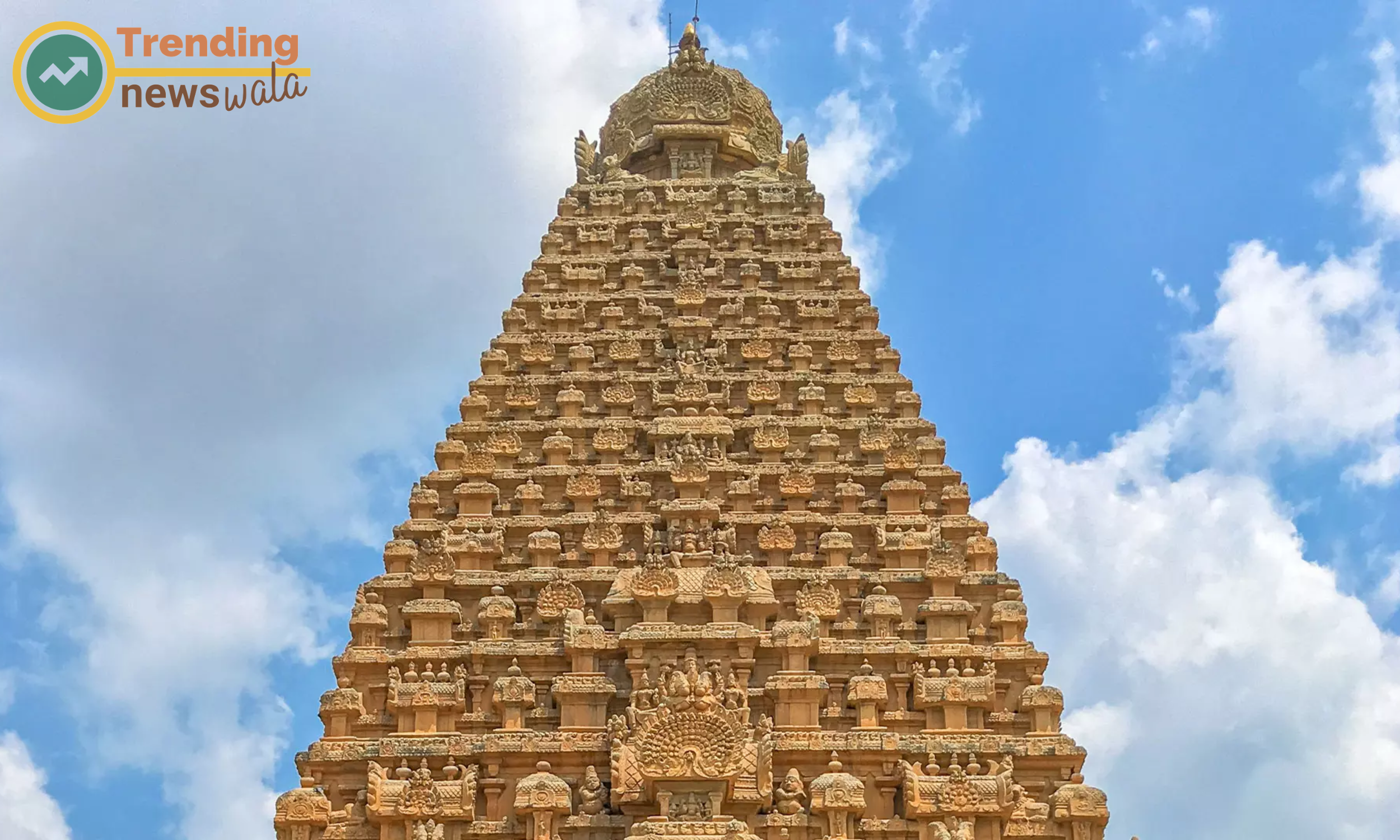
The study of history serves as a lens through which we can peer into the past, unraveling the intricate threads that have woven the fabric of our present reality. Historical background, the contextual foundation upon which events and civilizations unfold, plays a pivotal role in shaping our understanding of the world. In this article, we delve into the significance of historical background and its role in providing insight into the complexities of human existence.
Defining Historical Background: Historical background refers to the circumstances, events, and cultural, social, and economic conditions that precede a particular event, era, or civilization. It serves as the backdrop against which historical narratives unfold, offering a deeper understanding of the forces and influences that have shaped the course of history.
Understanding the Context: To fully grasp the meaning and implications of any historical event, it is crucial to examine the historical background surrounding it. Context provides a framework for interpretation, allowing historians and enthusiasts alike to appreciate the motivations, challenges, and aspirations of the people who lived in a specific time and place.
Cultural and Social Dynamics: Cultural and social elements are integral components of historical background. The beliefs, customs, traditions, and social structures of a society contribute to the overall tapestry of history. Exploring these aspects helps us comprehend the mindset of individuals, the dynamics of interpersonal relationships, and the evolution of societal norms over time.
Economic Forces: Economic factors play a pivotal role in shaping historical events. The rise and fall of civilizations, the emergence of trade routes, and the impact of economic policies on societies are all rooted in historical background. Understanding economic forces provides valuable insights into the patterns of prosperity, inequality, and innovation that have characterized different epochs.
Political Landscape: Political history is intricately connected to the historical background of a region. The rise and fall of empires, the establishment of governments, and the dynamics of power all find their roots in the political landscape of a particular era. Analyzing political structures and the decisions of rulers helps unravel the complexities of historical events.
Legacy and Continuity: Historical background is not confined to the past; it influences the present and shapes the future. The legacy of past events, ideologies, and conflicts reverberates through time, impacting contemporary societies and global relations. Recognizing the continuity between historical background and the present is essential for understanding the trajectory of human civilization.
Preserving and Learning from History: Preserving historical background is a collective responsibility. Museums, archives, and historical documentation serve as repositories of knowledge, allowing future generations to learn from the triumphs and mistakes of the past. By studying historical background, societies can gain insights that inform decision-making, foster cultural understanding, and contribute to the collective wisdom of humanity.
In unraveling the historical background, we embark on a journey through time, seeking to understand the complexities of human existence and the forces that have shaped our world. Whether exploring the rise of ancient civilizations, the struggles for independence, or the socio-economic transformations of the modern era, historical background remains a vital key to unlocking the mysteries of our shared past.
Commissioned by the Chola emperor Raja Raja I in the 11th century, the Brihadeeswara Temple was completed in 1010 AD under the supervision of the renowned architect Kunjara Mallan Raja Raja Perunthachan. The temple is dedicated to Lord Shiva and is a symbol of the Chola dynasty's power and devotion.
Architectural Marvel
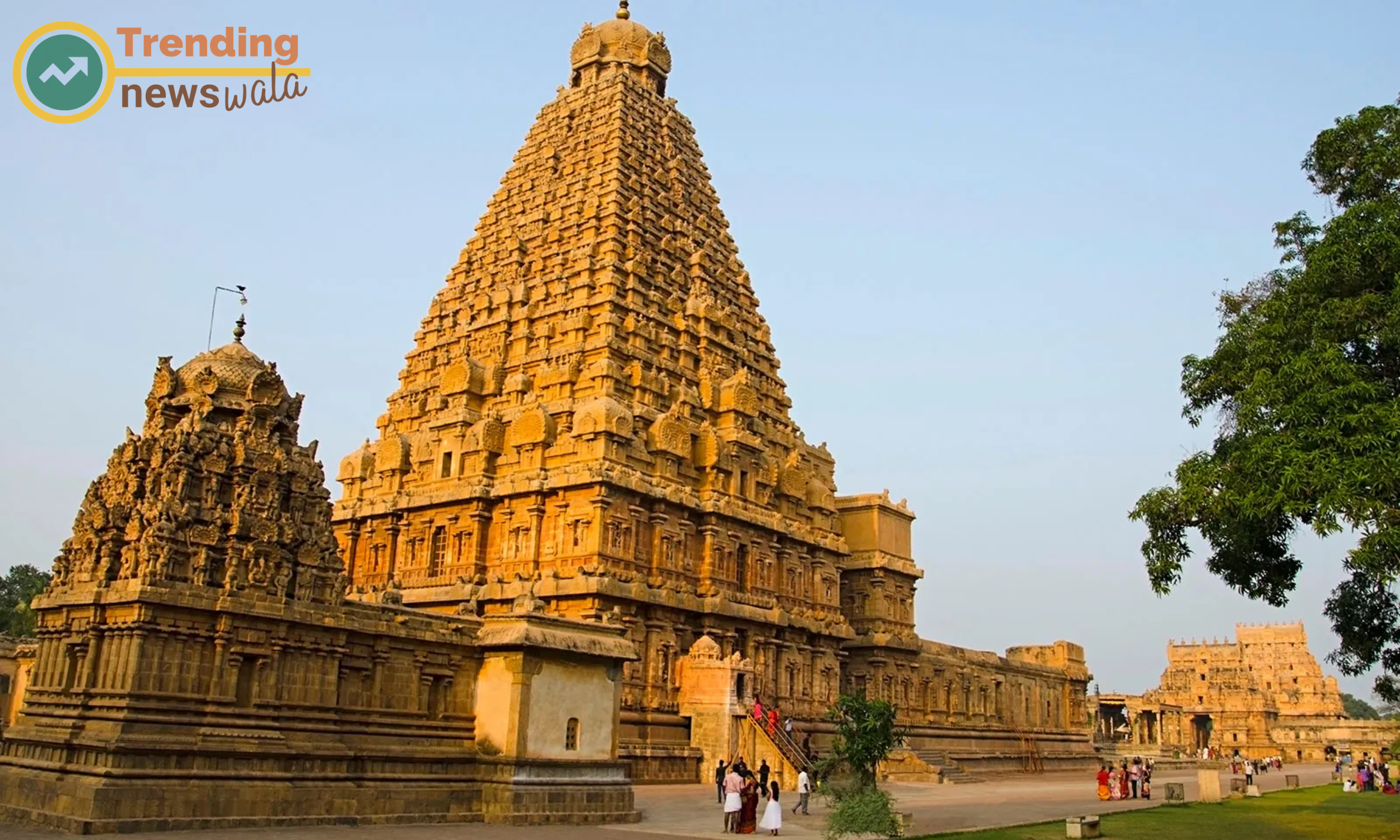
Architecture, as an art form and a tangible expression of human creativity, has bestowed upon the world a myriad of awe-inspiring structures that stand as testaments to the boundless potential of human ingenuity. These architectural marvels, scattered across the globe, not only serve functional purposes but also elevate the human experience by pushing the boundaries of design, engineering, and aesthetics.
Defining Architectural Marvels: Architectural marvels are structures that transcend the ordinary, capturing the imagination and admiration of people worldwide. They showcase exceptional design, innovative engineering, and a harmonious integration with their surroundings. From ancient wonders to modern skyscrapers, these marvels reflect the cultural, technological, and artistic achievements of their respective eras.
Ancient Wonders: The ancient world boasts architectural marvels that continue to intrigue and inspire. The Great Pyramid of Giza, built over 4,500 years ago, stands as a testament to the precision and engineering prowess of ancient Egyptians. The Hanging Gardens of Babylon, the Statue of Zeus at Olympia, and the Temple of Artemis at Ephesus are other examples of architectural splendors from antiquity.
Medieval Marvels: Medieval Europe witnessed the construction of cathedrals that exemplify the architectural achievements of the time. The Notre-Dame Cathedral in Paris, with its stunning Gothic architecture, and the intricate detailing of the Alhambra in Granada, Spain, are remarkable examples that blend religious symbolism with artistic brilliance.
Renaissance and Baroque Gems: The Renaissance and Baroque periods ushered in a new era of architectural innovation. The majestic St. Peter's Basilica in Vatican City, designed by Michelangelo and others, exemplifies the grandeur of Renaissance architecture. The Palace of Versailles, with its opulent gardens and meticulously designed interiors, is a baroque masterpiece that reflects the extravagance of the time.
Modern Wonders: The 20th and 21st centuries have given rise to architectural marvels that push the boundaries of design and engineering. The Burj Khalifa in Dubai, currently the world's tallest building, is a symbol of modern skyscraper technology. The Sydney Opera House, with its distinctive sail-like design, is a cultural icon that merges form and function seamlessly.
Engineering Feats: Architectural marvels often showcase remarkable engineering achievements. The Golden Gate Bridge in San Francisco, the Channel Tunnel connecting the United Kingdom and France, and the Millau Viaduct in France are examples of structures that demonstrate the capabilities of modern engineering and design.
Cultural and Sustainable Icons: Contemporary architects increasingly incorporate cultural and sustainable elements into their designs. The Sagrada Família in Barcelona, designed by Antoni Gaudí, fuses natural forms with religious symbolism. The Bosco Verticale (Vertical Forest) in Milan represents a sustainable approach to urban living, with its greenery-covered towers.
Architectural marvels stand as testament to human creativity, innovation, and the pursuit of excellence. From ancient wonders that have withstood the test of time to modern structures that redefine skylines, these marvels enrich our world and inspire future generations. As we continue to advance in technology and design, architectural marvels will undoubtedly evolve, leaving an indelible mark on the landscape of human achievement.
One of the most remarkable aspects of the Brihadeeswara Temple is its architectural brilliance. The temple is constructed using granite, and its vimana (tower) stands at an impressive height of 216 feet, making it one of the tallest in the world. The intricate carvings, sculptures, and detailed craftsmanship showcase the mastery of the Chola architects of that era.
The temple complex is surrounded by a massive fortified wall and encompasses various structures, including a Nandi mandapam (hall housing a large Nandi bull sculpture), a pillared hall, and a massive courtyard. The sanctum sanctorum houses the lingam, the representation of Lord Shiva, and is a focal point of worship for devotees.
Artistic Splendor
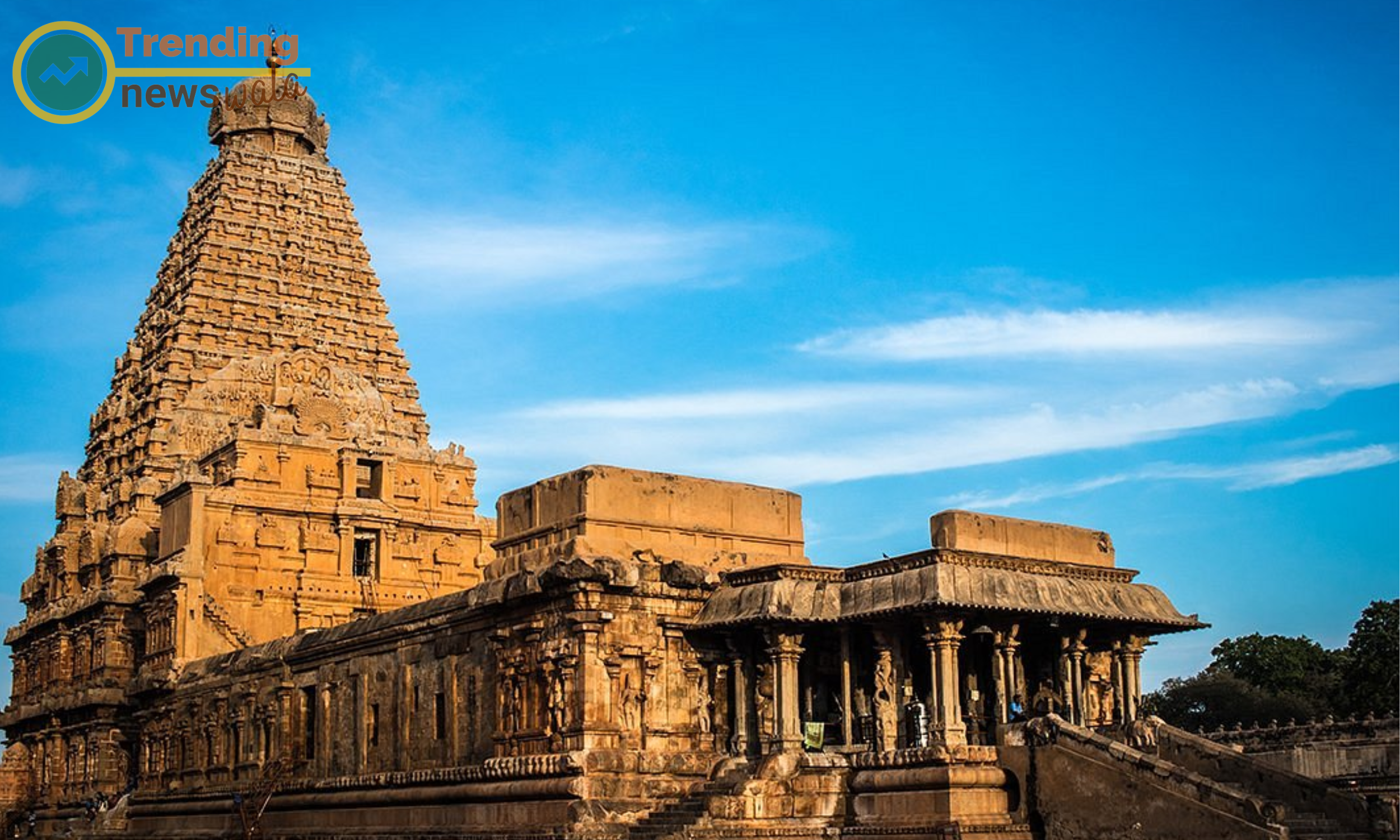
The Brihadeeswara Temple is adorned with exquisite sculptures that depict scenes from Hindu mythology, showcasing the artistic prowess of the Chola period. The intricate detailing on the walls narrates tales of gods, goddesses, celestial beings, and various aspects of daily life during that time. The Nandi bull sculpture, located at the entrance, is carved out of a single rock and is an awe-inspiring sight for visitors.
Artistic splendor, an embodiment of human creativity and expression, has left an indelible mark on the tapestry of human history. From ancient cave paintings to contemporary masterpieces, the world is adorned with an array of artistic treasures that captivate, inspire, and reflect the boundless depths of the human imagination. In this exploration, we delve into the diverse realms of artistic splendor, spanning different cultures, periods, and mediums.
The Power of Visual Arts: Visual arts, a cornerstone of artistic expression, have manifested in various forms throughout history. Ancient civilizations such as Egypt, Mesopotamia, and Greece left behind captivating sculptures and paintings that narrate stories of their beliefs, achievements, and daily life. The Renaissance period witnessed the emergence of masterpieces like Leonardo da Vinci's "Mona Lisa" and Michelangelo's "David," showcasing the transformative power of art in capturing the essence of the human experience.
Cultural Diversity in Art: Artistic splendor is a testament to the rich tapestry of human culture. The vibrant hues of Indian miniature paintings, the intricate designs of Islamic calligraphy, and the bold strokes of Japanese brush paintings all contribute to the global mosaic of artistic diversity. Each culture brings its unique perspective, symbolism, and techniques, enriching the world with a kaleidoscope of artistic expression.
Architectural Elegance: Architecture, a fusion of art and functionality, has bestowed the world with structures that are marvels of design and engineering. The Taj Mahal in India, with its ethereal beauty and intricate marble inlay work, stands as a symbol of eternal love. The Gothic cathedrals of Europe, like the Notre-Dame in Paris, showcase the intricate craftsmanship and spiritual devotion of their builders.
Literary Masterpieces: Artistic splendor extends beyond the visual realm into literature, where words become a canvas for the imagination. The works of Shakespeare, the poetry of Rumi, and the epics of Homer are timeless masterpieces that transcend cultural and temporal boundaries. These literary treasures continue to resonate with readers, offering profound insights into the human condition.
Music and Performing Arts: The world of music and performing arts adds another layer to the realm of artistic splendor. The symphonies of Mozart, the emotion-filled brushstrokes of a ballet, or the expressive movements of a contemporary dance piece all contribute to the rich tapestry of artistic expression. Performances, whether on stage or in a concert hall, create moments of profound beauty and connection.
Contemporary Artistic Movements: In the modern era, artistic splendor has taken on new forms with the advent of abstract expressionism, pop art, and contemporary installations. Artists like Pablo Picasso, Frida Kahlo, and Banksy have challenged conventional norms, pushing the boundaries of artistic innovation and social commentary.
Preserving Artistic Heritage: Preserving and appreciating artistic splendor is vital for future generations. Museums, galleries, and cultural institutions play a crucial role in safeguarding and showcasing these treasures. Efforts to conserve art, restore ancient artifacts, and promote artistic education ensure that the legacy of human creativity continues to thrive.
Artistic splendor, woven into the fabric of human existence, serves as a testament to our capacity for imagination, emotion, and expression. As we navigate the vast expanse of artistic history, we are reminded that art transcends time, connecting us to the collective human experience. Whether captured on canvas, carved in stone, or composed in symphonies, artistic splendor enriches our lives, offering a timeless celebration of the human spirit.
Spiritual Significance
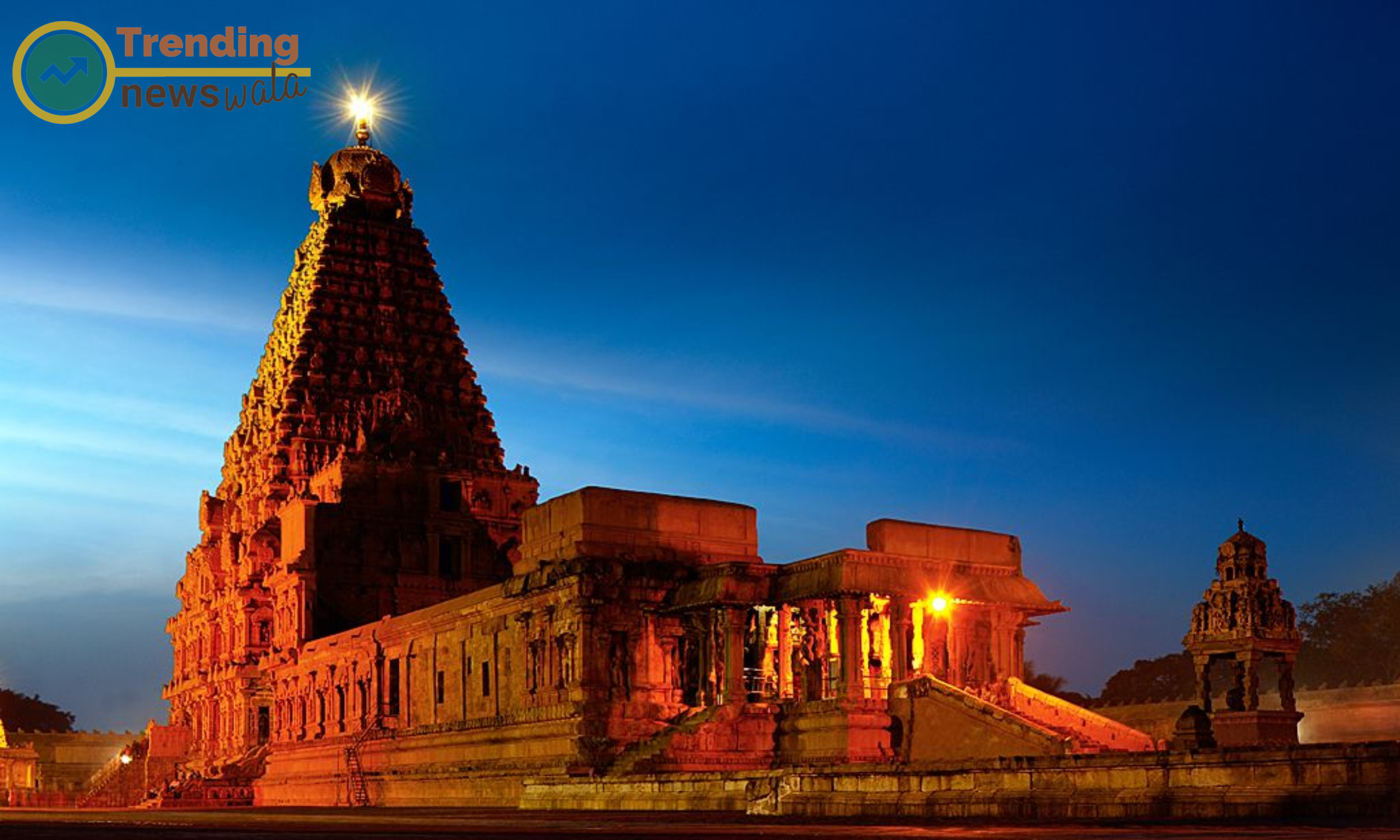
Apart from its architectural and artistic significance, the Brihadeeswara Temple holds immense spiritual importance for Hindus. Devotees from all over the world visit the temple to seek the blessings of Lord Shiva and experience the divine aura that permeates the sacred space. The temple's unique design, with its towering vimana and intricate carvings, enhances the spiritual experience for pilgrims and visitors alike.
Spirituality, a profound and personal journey, has played an integral role in the human experience since time immemorial. It transcends religious boundaries, cultural differences, and societal norms, offering individuals a path to connect with the divine, find purpose, and explore the deeper dimensions of existence. In this exploration, we delve into the spiritual significance that permeates human life, exploring its diverse manifestations and universal resonance.
Defining Spiritual Significance: Spiritual significance encompasses the profound and transcendent aspects of human experience that go beyond the material and physical realms. It involves the quest for meaning, connection to a higher power, and the exploration of inner landscapes. While organized religions often provide frameworks for spiritual practice, spirituality itself can be deeply personal and unique to each individual.
Connection to the Divine: One of the core elements of spiritual significance is the quest for connection to the divine or a higher power. Various religions offer different pathways to this connection, whether through prayer, meditation, rituals, or contemplation. The yearning to understand the mysteries of existence and establish a connection with the transcendent is a universal aspect of spirituality.
Inner Exploration and Self-Realization: Spirituality often involves a journey of inner exploration and self-realization. Practices such as meditation, introspection, and mindfulness facilitate a deeper understanding of one's thoughts, emotions, and the nature of consciousness. This introspective journey can lead to a profound sense of self-awareness and spiritual awakening.
Guidance in Morality and Ethics: Many individuals turn to spirituality for guidance in matters of morality and ethics. Religious and spiritual teachings often provide a moral compass, offering principles and values that guide individuals in making ethical decisions and leading virtuous lives. The spiritual significance lies in the transformative power of these teachings to shape one's character and actions.
Finding Purpose and Meaning: Spirituality often addresses the existential questions of life, helping individuals find purpose and meaning beyond the material world. Whether through religious doctrines, philosophical reflections, or personal revelations, spiritual significance is often associated with a sense of purpose that transcends the mundane and provides a framework for living a meaningful life.
Transcending Ego and Materialism: Spirituality invites individuals to transcend the ego and detach from material pursuits. Practices that encourage selflessness, compassion, and gratitude contribute to the spiritual journey. The significance lies in the liberation from the relentless pursuit of worldly possessions and the realization of a deeper, more enduring source of fulfillment.
Unity and Interconnectedness: Many spiritual traditions emphasize the interconnectedness of all living beings and the unity of existence. The concept of a collective consciousness or universal energy underscores the idea that all life is interconnected. Recognizing this interconnectedness fosters a sense of unity and compassion, transcending the boundaries that often divide humanity.
Cultural and Religious Diversity: The spiritual significance is not confined to any particular culture or religion. Throughout history, diverse cultures have developed unique spiritual traditions, each offering a distinctive path to the sacred. Whether through Hinduism, Buddhism, Christianity, Islam, Indigenous beliefs, or other spiritual practices, the pursuit of spiritual significance is a shared aspect of the human journey.
Spiritual significance, woven into the fabric of human existence, is a deeply personal and transformative aspect of life. As individuals navigate the complexities of the human experience, the quest for connection, meaning, and self-realization continues to be a universal and timeless pursuit. Whether through organized religion, personal spirituality, or a combination of both, the spiritual journey remains a profound exploration of the soul, inviting individuals to seek higher truths and a deeper understanding of the mysteries of existence.
Preservation Efforts
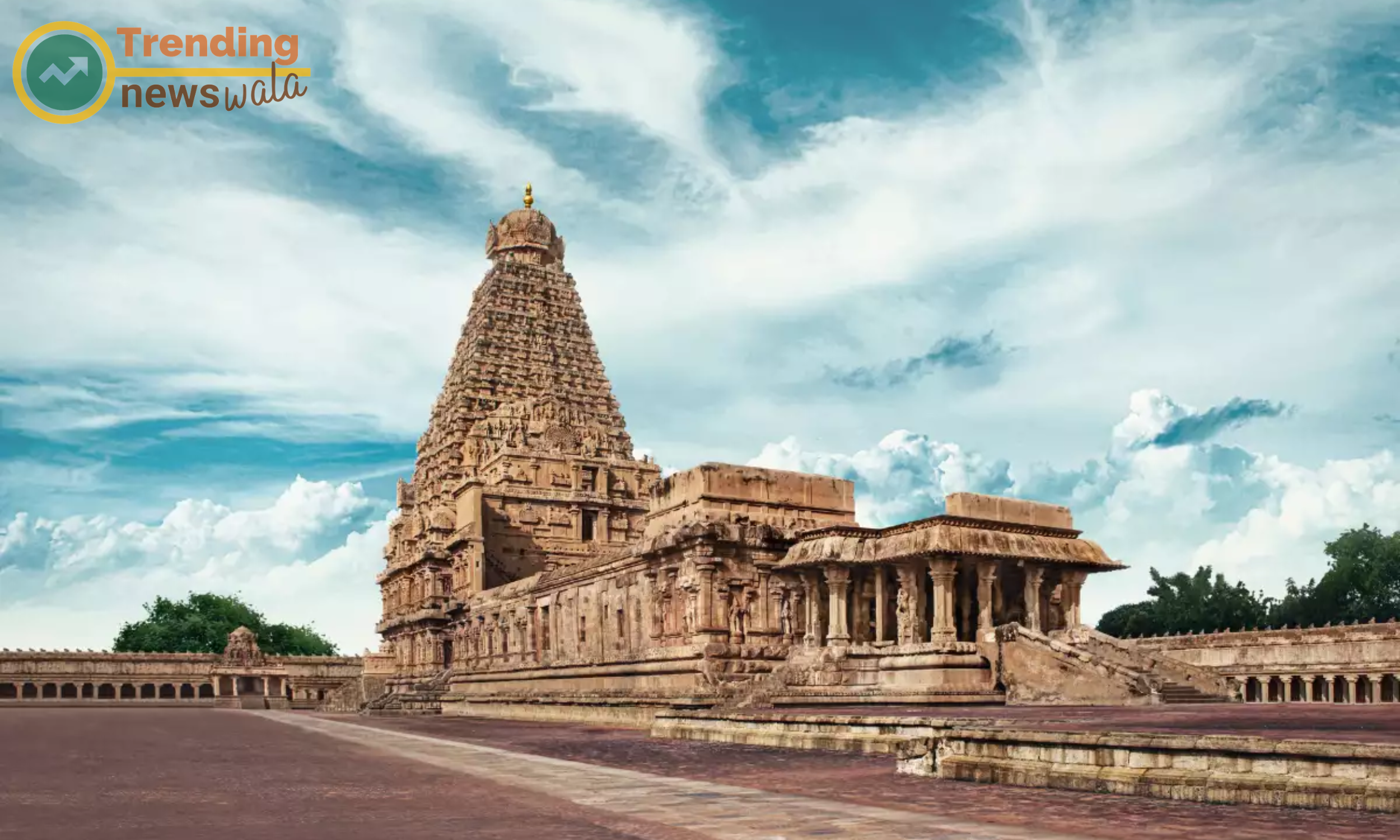
Recognizing the historical and cultural value of the Brihadeeswara Temple, it was declared a UNESCO World Heritage Site in 1987. The Archaeological Survey of India (ASI) has been actively involved in the conservation and restoration of the temple, ensuring that future generations can continue to marvel at its splendor.
Preservation efforts, an essential aspect of responsible stewardship, play a crucial role in safeguarding our cultural, natural, and historical heritage. As the custodians of a rich and diverse tapestry of human achievements, it is our collective responsibility to ensure that these treasures endure for future generations. In this article, we explore the significance of preservation efforts across various domains and the global initiatives aimed at protecting our shared legacy.
Cultural Heritage Preservation: Cultural heritage encompasses tangible and intangible aspects that define a community's identity. Historic buildings, monuments, artifacts, artworks, and traditions all contribute to this rich tapestry. Preservation efforts in cultural heritage involve maintaining, conserving, and restoring these elements to ensure their longevity.
Historic buildings, such as castles, palaces, and temples, require careful maintenance to prevent deterioration due to natural elements and aging. Restoration projects, guided by meticulous research and expertise, revive structures to their former glory while preserving their historical integrity.
Artifacts and artworks, susceptible to environmental factors, necessitate controlled environments and conservation techniques to prevent deterioration. The digitization of cultural artifacts has also become a valuable tool in preserving their essence while making them accessible to a global audience.
Archaeological sites, rich repositories of human history, face threats from urbanization, climate change, and looting. Preservation efforts involve careful excavation, documentation, and protective measures to ensure the integrity of these sites for future research.
Natural Heritage Conservation: Preserving natural heritage involves protecting ecosystems, biodiversity, and landscapes. Conservation efforts are critical to maintaining the delicate balance of our planet's ecosystems and ensuring the survival of endangered species.
National parks, wildlife reserves, and marine sanctuaries serve as havens for biodiversity. Preservation efforts in these areas include habitat restoration, wildlife monitoring, and sustainable management practices to minimize human impact.
Climate change poses a significant threat to natural heritage, leading to phenomena such as melting glaciers, rising sea levels, and altered weather patterns. Initiatives focusing on environmental sustainability, carbon reduction, and reforestation contribute to mitigating these impacts.
Intangible Cultural Heritage Safeguarding: Intangible cultural heritage, comprising traditions, rituals, languages, and folk knowledge, requires unique preservation approaches. Efforts in this domain focus on documenting oral traditions, supporting language revitalization, and promoting traditional craftsmanship.
UNESCO's Convention for the Safeguarding of the Intangible Cultural Heritage encourages countries to identify, protect, and promote their intangible heritage. This includes traditional performing arts, rituals, and craftsmanship that define the cultural identity of communities.
Global Initiatives and Organizations: Numerous global organizations and initiatives champion preservation efforts on an international scale. UNESCO, with its World Heritage program, identifies and protects cultural and natural sites of outstanding universal value. The International Council on Monuments and Sites (ICOMOS) and the International Union for Conservation of Nature (IUCN) collaborate with UNESCO to assess and monitor the state of conservation of World Heritage sites.
Environmental organizations, such as the World Wildlife Fund (WWF) and Conservation International, focus on preserving biodiversity and natural ecosystems. These organizations engage in research, advocacy, and on-the-ground conservation efforts to protect endangered species and ecosystems.
Challenges and Future Prospects: Preservation efforts face challenges ranging from inadequate funding and resources to political instability and climate change. Balancing the needs of development with conservation priorities remains a delicate task, requiring collaborative efforts from governments, communities, and international organizations.
Technological advancements, including remote sensing, 3D scanning, and virtual reality, provide innovative tools for documentation and conservation. These technologies not only aid in preservation but also enhance public engagement and education.
Preservation efforts are indispensable for maintaining the richness and diversity of our heritage. By safeguarding cultural, natural, and intangible treasures, we ensure that the legacy of human civilization endures for future generations. The collaborative efforts of individuals, communities, governments, and international organizations are vital in navigating the complex challenges and charting a sustainable course for the preservation of our shared heritage.

What is the Brihadeeswara Shiva Temple?
The Brihadeeswara Shiva Temple, also known as the Peruvudaiyar Kovil, is a magnificent Hindu temple located in Thanjavur, Tamil Nadu, India. It is dedicated to Lord Shiva and is renowned for its architectural grandeur.
Who built the Brihadeeswara Temple and when?
The temple was built by the Chola emperor Raja Raja I in the 11th century. Construction was completed in 1010 AD under the supervision of the architect Kunjara Mallan Raja Raja Perunthachan.
What makes the Brihadeeswara Temple unique architecturally?
The Brihadeeswara Temple is celebrated for its towering vimana (tower), which stands at an impressive height of 216 feet, making it one of the tallest in the world. The temple is constructed using granite and features intricate carvings and sculptures.
What are the main features of the temple complex?
The temple complex includes the main sanctum sanctorum housing the lingam, a Nandi mandapam with a large Nandi bull sculpture, a pillared hall, and a massive courtyard. The entire complex is surrounded by a fortified wall.
Why is the Brihadeeswara Temple significant spiritually?
Devotees consider the Brihadeeswara Temple a highly sacred site dedicated to Lord Shiva. Pilgrims visit the temple to seek the blessings of Lord Shiva and experience the spiritual aura of the sacred space.
Is the Brihadeeswara Temple a UNESCO World Heritage Site?
Yes, the Brihadeeswara Temple was designated as a UNESCO World Heritage Site in 1987, recognizing its historical, cultural, and architectural significance.
How has the Archaeological Survey of India (ASI) been involved with the temple?
The ASI has been actively involved in the conservation and restoration of the Brihadeeswara Temple to ensure its preservation for future generations. Restoration efforts include maintaining the structural integrity and addressing environmental factors.
Can visitors explore the interior of the temple?
Yes, visitors are allowed inside the temple to witness the grandeur of the architecture and to offer prayers. It is essential to adhere to the guidelines and rules set by the temple authorities.
Are there any festivals celebrated at the Brihadeeswara Temple?
The Maha Shivaratri festival is one of the most significant celebrations at the Brihadeeswara Temple. During this festival, devotees gather to worship Lord Shiva with great fervor and enthusiasm.
What is the significance of the Nandi bull sculpture at the entrance?
The Nandi bull, situated at the entrance of the temple, is considered the sacred vehicle of Lord Shiva. Devotees often pay respects to Nandi before entering the main sanctum.

